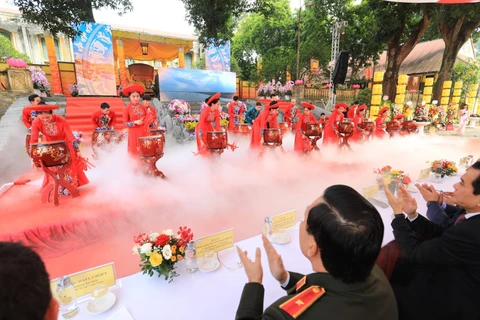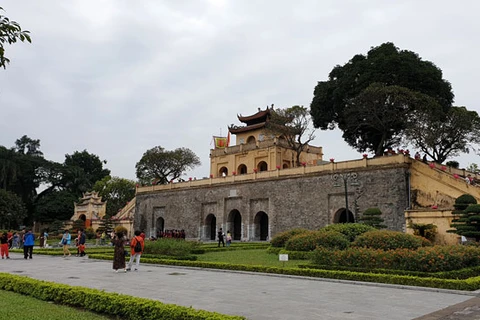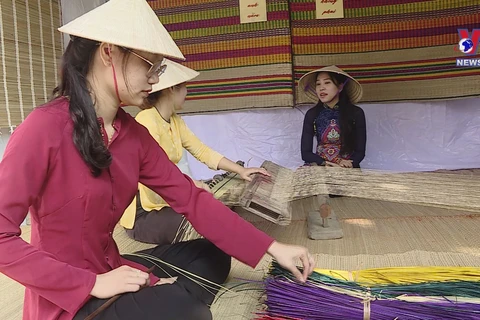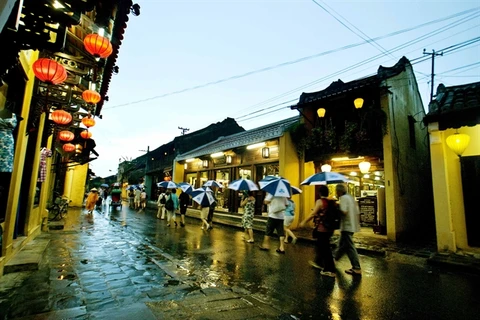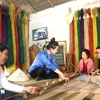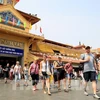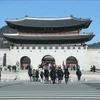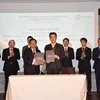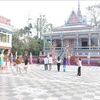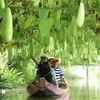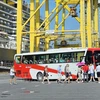Quang Nam (VNA) – The People’s Committee of the central province of Quang Nam held a symposium on December 3 to identify challenges and solutions on heritage tourism conservation and development amid COVID-19.
It was part of the activities marking the 21st anniversary the province’s Hoi An Ancient Town’s recognition as a UNESCO World Heritage (December 4), and the third year the art of Bai Choi in central Vietnam was inscribed on the Representative List of the Intangible Cultural Heritage of Humanity (December 7).
Many studies and essays were delivered at the event, particularly those on experience in heritage tourism conservation and development in the ancient villages of Duong Lam in Hanoi and Dong Hoa Hiep in Tien Giang Mekong Delta province, which could be applicable in Hoi An.
Representative of the Japan International Cooperation Agency (JICA) in Vietnam Mori Yoshinori briefed the delegates on the cooperation and incentives of JICA in cultural conservation and tourism development in Vietnam in general and Hoi An in particular via research programmes on history, archaeology, architecture, relic preservation, and capacity raising for those working in such fields in the localities.
Hoi An is known as the largest trading port in the central region of Vietnam in the 17th century. At present, the ancient town has a total of 1,438 relics, including 28 historic and 1,336 architectural ones.
Seventy percent of proceeds collected at tourist destinations has been earmarked for the infrastructure reparation and investment in the town, as well as research and the holding of festivals.
As the ravaging pandemic has dealt a blow to tourism activities in Hoi An, only 150 relics are open to the public. The event, therefore, also discussed measures to lure visitors once COVID-19 is repelled.
Tourism arrivals to Hoi An stood merely stood at 841,000 in the first nine months of this year and the tourism sector raked in over 772 billion VND (33.41 million USD), marking a nosedive of 80 percent against the same period last year./.

